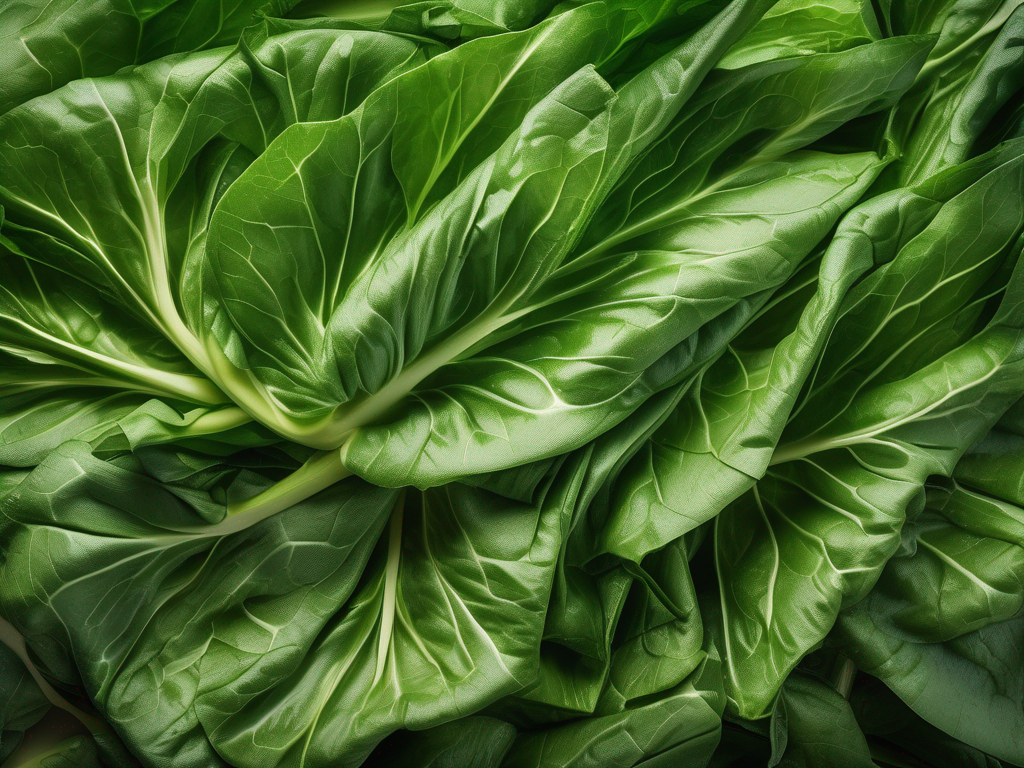
Solutions for Yellowing Chicory Leaves in the Refrigerator
Get Your Free Food Safety Cheat Sheet
30 most common foods with instant answers. Print it and stick it on your fridge—completely free!
Solutions for Yellowing Chicory Leaves in the Refrigerator
Chicory leaves, also known as endive, are a popular salad green known for their slightly bitter flavor and crunchy texture. However, if not stored properly, chicory leaves can quickly turn yellow and wilt in the refrigerator, leading to a loss of freshness and potential food waste. In this blog post, we will explore the reasons why chicory leaves turn yellow in the refrigerator and provide practical solutions to help you keep your chicory leaves fresh and vibrant for longer. (Chicory leaves)
Why Do Chicory Leaves Turn Yellow in the Refrigerator?
Chicory leaves are delicate and sensitive to changes in temperature and humidity, which can cause them to deteriorate quickly. Here are some common reasons why chicory leaves may turn yellow in the refrigerator:
1. Improper Storage Conditions
- Exposure to too much moisture or air can accelerate the yellowing process.
- Storing chicory leaves near ethylene-producing fruits like apples, bananas, or tomatoes can also lead to discoloration.
2. Length of Storage
- Chicory leaves are best consumed within a few days of purchase.
- Prolonged storage can cause the leaves to lose their freshness and vibrant green color.
3. Ethylene Gas Exposure
- Ethylene gas is naturally produced by certain fruits and vegetables and can hasten the ripening and decay of nearby produce, including chicory leaves.
Practical Solutions for Keeping Chicory Leaves Fresh
To prevent your chicory leaves from turning yellow in the refrigerator, follow these practical tips for proper storage and handling:
1. Purchase Fresh Chicory Leaves
- Choose chicory leaves that are crisp and vibrant in color when purchasing them.
- Avoid leaves that are wilted, yellowed, or have visible signs of damage.
2. Store Chicory Leaves Properly
- Wrap chicory leaves in a damp paper towel and place them in a perforated plastic bag in the vegetable crisper drawer of the refrigerator.
- Make sure the leaves are not overcrowded to allow for air circulation.
3. Keep Chicory Leaves Away from Ethylene-Producing Foods
- Store chicory leaves separately from ethylene-producing fruits and vegetables to prevent exposure to ethylene gas.
4. Check and Rotate Chicory Leaves Regularly
- Inspect chicory leaves for any signs of yellowing or wilting and remove any damaged leaves promptly.
- Rotate the remaining leaves to ensure even airflow and prevent moisture buildup.
5. Use Chicory Leaves Promptly
- Chicory leaves are best enjoyed fresh and are ideal for salads, sandwiches, or as a garnish.
- Try to use chicory leaves within a few days of purchase for the best flavor and texture.
Conclusion
By following these simple yet effective solutions for storing chicory leaves properly, you can extend their freshness and vibrant color in the refrigerator. Remember to check on your chicory leaves regularly, avoid exposure to ethylene gas, and use them promptly to enjoy the best quality and flavor. With these tips, you can say goodbye to yellowing chicory leaves and savor the crisp goodness of this nutritious green in your meals. [Chicory leaves](/food/chicory leaves) are a versatile ingredient that can elevate the taste and presentation of your dishes, so make the most of them by keeping them fresh and vibrant with the right storage techniques. (Chicory leaves)
Related Posts
Here are some other articles you might find helpful:
Authoritative Food Safety References
These agencies and university labs inform every tip and health precaution we publish.
USDA FoodKeeper – Cold Storage Guidelines
Official refrigerator, freezer, and pantry timelines maintained by the U.S. Department of Agriculture.
Visit USDA FoodKeeperFDA Produce Safety Rule & Grower Guidance
Field-to-fridge handling practices that prevent contamination of fruits, vegetables, and leafy greens.
Visit FDA Produce SafetyCDC Foodborne Illness Prevention Hub
Surveillance-backed guidance on pathogens, symptoms, and steps to reduce foodborne illness risk.
Visit CDC Food SafetyUC Davis Postharvest Technology Center
University research detailing optimal storage atmospheres for produce after harvest.
Visit UC Davis PostharvestPenn State Extension – Home Food Preservation & Safety
Peer-reviewed extension bulletins on safe canning, chilling, and reheating practices.
Visit Penn State ExtensionGet Your Free Food Safety Cheat Sheet
30 most common foods with instant answers. Print it and stick it on your fridge—completely free! Want more? Upgrade to the complete guide with 70+ foods.
Scan your food directly and get instant safety info using our AI-powered camera feature.